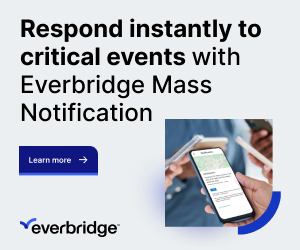Lessons in business resilience from Salisbury and London Bridge

On the 24th October, I attended the Resilience First briefing and reception; lessons in business resilience from Salisbury and London Bridge at Allen & Overy.
The first presentation was from Victoria Moloney, head of South Wiltshire Economic Recovery at Wiltshire County Council to talk about lessons from the Salisbury Novichok (Nerve Agent) incident in 2018 where there was an attack on a former Russian spy Sergei Skripal and his daughter Yulia Skripal, who recovered from the contamination. A policeman was also contaminated when responding to the initial incident but recovered. A few months later, a couple were also taken ill after being exposed to the nerve agent (but not deliberate targets) and one died as a result. In total, cordons were set up around the city at different locations for 11 weeks to allow police investigations to be carried out.
The second presentation was from Tom Harris, Business & Operations Manager at Better Bank Side on the lessons from the London Bridge attack in 2017: Eight people were killed and many more injured when three attackers drove a van into pedestrians on London Bridge before launching a knife attack in nearby Borough Market. The men were shot dead by police, who arrived at the scene of the attack within eight minutes. During the response and recovery, humanitarian support was provided (emotional support, such as tributes and donations, book signing etc.) Cordons were up for 2 weeks for the police investigation and majority of businesses worked to open at the same time when the cordons were taken down.
Key considerations from these presentations include:
• Engagement and communication with the community
• Large businesses supporting small businesses; gifts in kind from large businesses to small businesses.
• Rates relief for businesses (especially small businesses)
• Maintaining recruitment of staff afterwards
• Reduced footfall but have been able to reduce impacts
• Increase in Tourism Terrorism – where people travel to the sight to take pictures of the locations where the incident took place but there is less spend as people are not coming to spend money in the businesses
• Ensure staff awareness and training around business continuity, preparedness and media training around communication
Post-incident work that has been carried out (especially after the London Bridge attack) include creating trauma packs for businesses, and radio exercises to ensure users are confident to use radios if an incident may occur.
After these two presentations, we participated in a crisis-simulation exercise by Nataly Rios Goico at Transmedia Storyteller. In this exercise, participants could either play as the police or ambulance service responding to the nerve agent attack in Salisbury. These crisis-simulation exercise are invaluable as it allows the player to understand the processes and procedures that need to be carried out during an incident, understand the issues and concerns faced when working cross-agencies, the community and media. From a personal perspective, it is quite an emergency service focus but it is a beneficial experience to look at the response and recovery from a holistic view.


